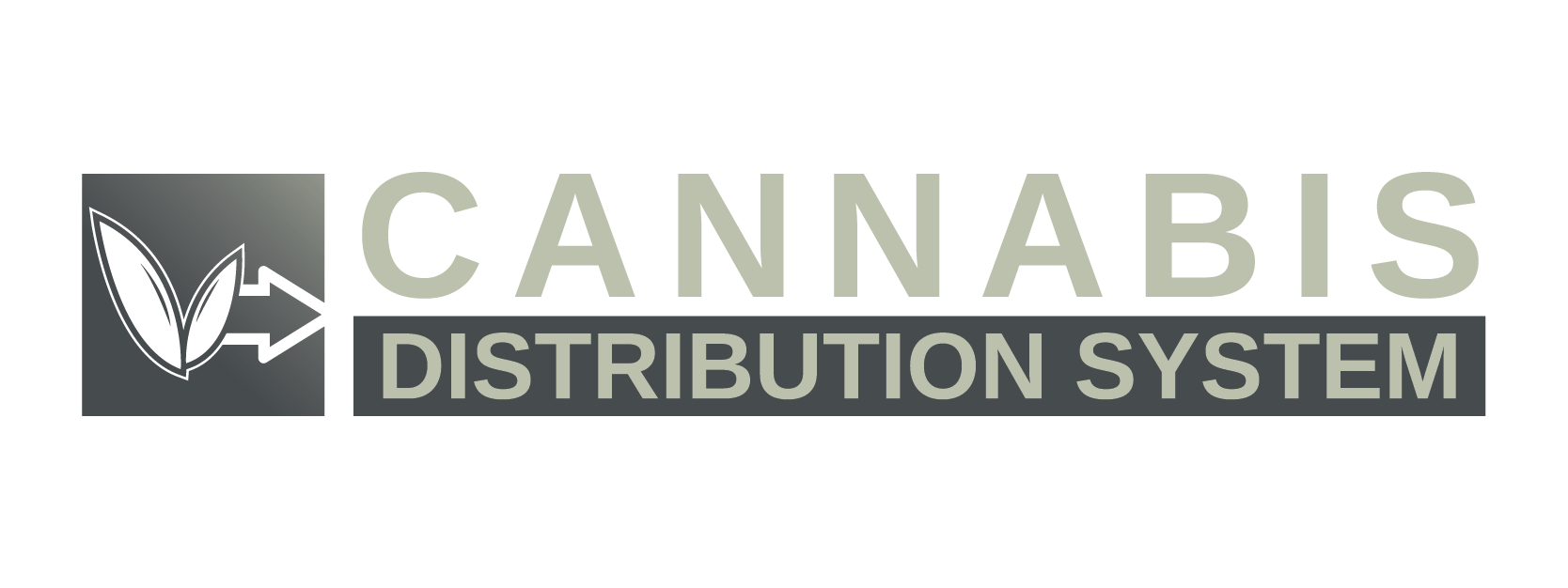In the world of modern logistics and distribution, companies rarely operate from a single warehouse. With customer expectations for faster delivery, expanding product lines, and the need for regional compliance—especially in regulated industries like cannabis or pharmaceuticals—businesses are turning to multi-site inventory strategies. At the heart of this strategy lies warehouse integration—the digital backbone that connects every inventory site into one coordinated system.
The Challenge of Multiple Inventory Sites
Managing inventory across multiple warehouses isn’t as simple as dividing stock and shipping from the closest location. Without a unified system, it’s easy to lose track of where products are, duplicate inventory records, or delay orders due to inaccurate availability. That’s where integrated distribution systems come in—they centralize inventory data, automate logistics processes, and ensure real-time coordination across every facility.
What Integration Actually Means
Warehouse integration refers to the use of software solutions—like Warehouse Management Systems (WMS), Inventory Management platforms, and ERP tools—that work together to manage and track inventory movement across multiple locations. These systems speak to one another and update in real time, so businesses can make quick, informed decisions no matter how many warehouses they operate.
Think of it like air traffic control for your products—every item, in every warehouse, is visible and accounted for. Orders can be routed efficiently, stock levels are maintained accurately, and forecasting becomes sharper with every data point collected.
Core Benefits of Warehouse Integration
Here’s how distribution systems with multi-warehouse integration deliver value:
- Centralized Visibility: Businesses gain a single dashboard to monitor inventory levels, order statuses, inbound shipments, and outbound logistics across all warehouses.
- Faster Order Fulfillment: Smart order routing ensures orders are fulfilled from the nearest warehouse with available stock, cutting down delivery times and costs.
- Inventory Accuracy: Automated updates reduce errors, eliminate duplicate records, and minimize the chance of stockouts or overstocking.
- Simplified Returns & Transfers: Integrated systems streamline the process of inter-warehouse transfers and customer returns, keeping inventory balanced and data clean.
- Better Compliance: For industries like cannabis, where regulations may limit what can be shipped where, real-time tracking helps maintain compliance and avoid violations.
How It Works in Practice
Let’s say a distribution company manages five regional warehouses. An integrated system can automatically decide which location should fulfill an online order based on rules like inventory levels, customer proximity, or priority orders. If a product is out of stock at one site but available at another, the system updates the availability in real time and routes the order accordingly—no manual checking needed.
This level of automation is especially useful during peak seasons, product launches, or regional spikes in demand. It also helps operations teams focus on strategy instead of putting out fires.
Evolving with the Future
Today’s warehouse integration tools are increasingly powered by cloud platforms, APIs, and even machine learning. Businesses can plug in e-commerce stores, point-of-sale systems, and third-party logistics providers for full ecosystem visibility. As AI becomes more sophisticated, these systems will be able to predict demand surges, automate reordering, and reduce downtime even further.
In short, managing multiple inventory sites doesn’t have to mean added complexity. With the right distribution system in place, it becomes a strategic advantage—enabling faster fulfillment, lower costs, and higher customer satisfaction across the board. For modern distributors, warehouse integration isn’t just nice to have—it’s essential for scalable growth.
Discover: Exporting Cannabis: Legal Hurdles and Logistical Headaches in the Global Market

